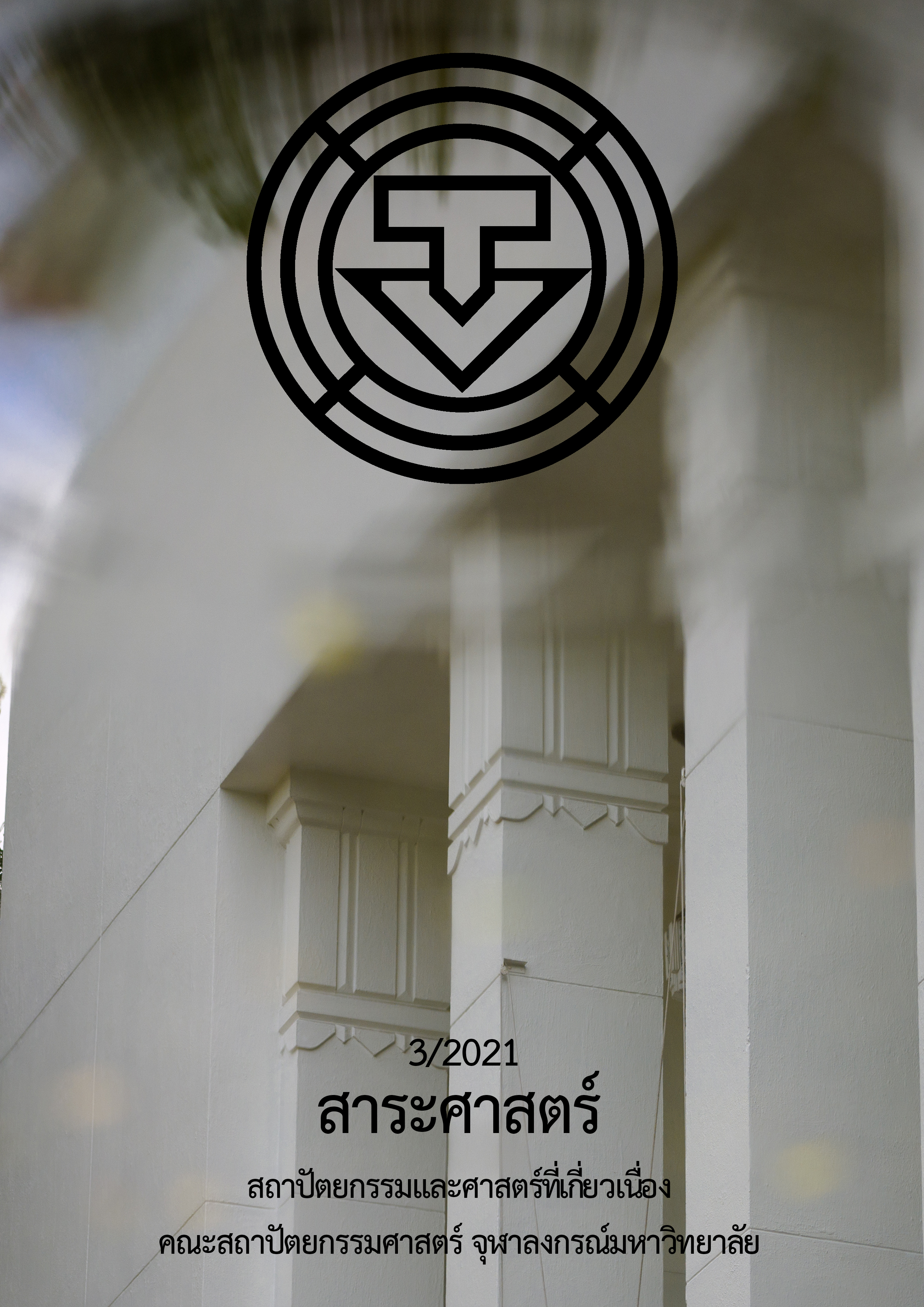The Physical Transformation of Dongdok Sub-Center Area, Vientiane Capital
Main Article Content
Abstract
This article presents patterns and characteristics of physical transformation of Dongdok Sub-Center which is one of the most rapidly transforming physical areas of the Vientiane Capital. This research focuses on physical transformation by comparative analysis between planning and map of National University of Laos and the master plans of Vientiane Capital and also actual development projects which affect the rapid physical transformation of the study area. The researcher analyzed the collection of secondary data which scattered in many governmental departments, including university development plan, Vientiane’s master plans and policy that related information, urban development project including of the various old maps. These data are processed and analyzed to be overlayed and comparable using computer tools that can explain the transformation occurred from the planning and actual construction. The study period was from 1958, which was the beginning of physical transformation in area until 2020.
The research found that there were physical transformation in the study area that are planning and map 4 characteristics as follows: 1st physical transformation from university planning, such as university roads, faculty and administrative buildings, zoning division inside and outside of university fence, military area, and community and commercial zone, the 2nd the development from master plan outside of university area found that the physical transformation in land use change, road and railway network, the 3rd characteristic is the development of 5 main roads including: Kaysone Phomvihane Road, Dongdok-Sikerd Road, Phonetong-Dongdok Road, ChaoAnou Road and National Highway No. 10, and the 4th characteristic is urban development project base on foreign direct investment (FDI).
Moreover also in the physical transformation from the actual project development that was not in the plan 3 characteristics: the 1st urban settlement in surrounding the university, the 2nd Sub-road development, and the 3rd Private project and building development. Therefore, the research can be concluded that physical transformation in the Dongdok sub-center area, Vientiane Capital was caused from planning and map, actual development project that is not in the plan, by planning and map there are characteristics of the government projects, Infrastructure for education and transportations and foreign direct investment, while actual development project that is not in the plan It is a project of the private sector. Public settlement Sub-road construction and building that is inconsistent with the public sector's physical plan and development and also the expansion of the university
Article Details
References
สถาบันโยธาและขนส่ง. (2015). การวางแผนผังรวมเขตหลังมหาวิทยาลัยแห่งชาติลาว เมืองไชทานี นครหลวงเวียงจันทน์. เวียงจันทน์: สถาบันโยธาและขนส่ง.
สถาบันโยธาและขนส่ง. (2017). รายงานการปรับปรุงแผนผังเมืองรวมนครหลวงเวียงจันทน์. เวียงจันทน์: สถาบันโยธาและขนส่ง.
Bounleuam, S. (2003). Vientiane, urban development strategies: Pro-stages and actors of urbanization in the capital of the LPDR. (PhD. thesis, Université Paris Ouest Nanterre La Défense).
Chiemsisoulath, M., & Sensombath, P. (2016). Twenty year of achievement (1996-2016). Vientiane: National University of Laos.
Faculty of Architecture. (2018). National University of Laos planning 1997 [Image scan]. Vientiane: National University of Laos.
Inthiphone, B., Phaboutdy, S., & Buakhamvongsa, V. (2016). History of the National University of Laos. Vientiane: National University of Laos.
Japan International Cooperation Agency. (2011).The project for urban development master plan study in Vientiane capital: Final report. Vientiane: Public Works and Transport Institute.
Marc, A., Colin, L., & William, L. (2007). Vientiane: Transformations of a Lao landscape. London: Routledge.
National University of Laos. (2015). Master plan of Dongdok campus 2015. Vientiane: National University of Laos.
PTI. (2002). Master plan of Vientiane 2002. Vientiane: Public Works and Transport Institute [PTI].
Sayarath, C. (2005). The image and evolution of Vientiane. Paris: Editions Recherches.
Teso, T. (1974). Higher education development in Laos. In A. Tapingkae (Ed.), The growth of Southeast Asian universities expansion versus consolidation. (pp.17-23). Singapore: Regional Institute of Higher Education and Development.
Tippetts, A., & McCarthy, Stratton. (1961). Tentative program and master plan Sisavangvong University (NBy 26403). Bangkok: (n.p.).
U.S. Army Map Service. (1971). Defense Mapping Agency Topographic Centre, Washington, D.C. Retrieved from http://www.explo-laos.com/Lao%20maps/Maps%201:50000/Ban%20Hatkian.jpg
Vongpraseuth, T., & Choi, C. G. (2015).Globalization, foreign direct investment and urban growth management: Policies and conflicts in Vientiane, Laos. Land Use Policy, 42, 790-799.


